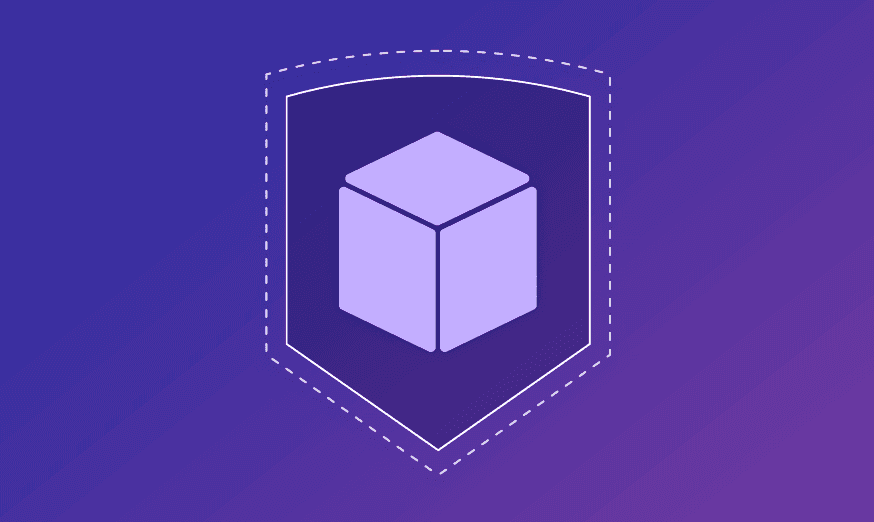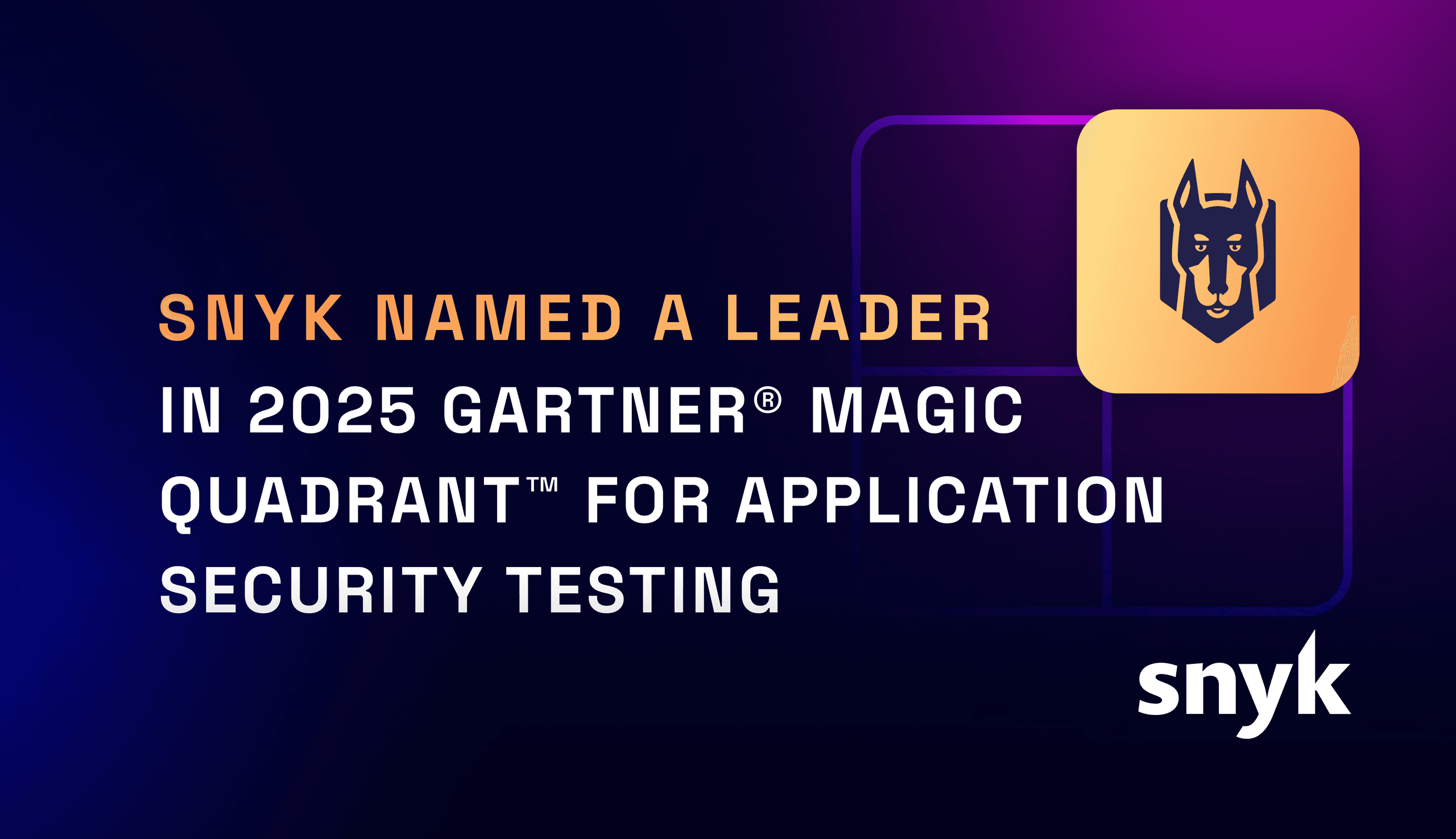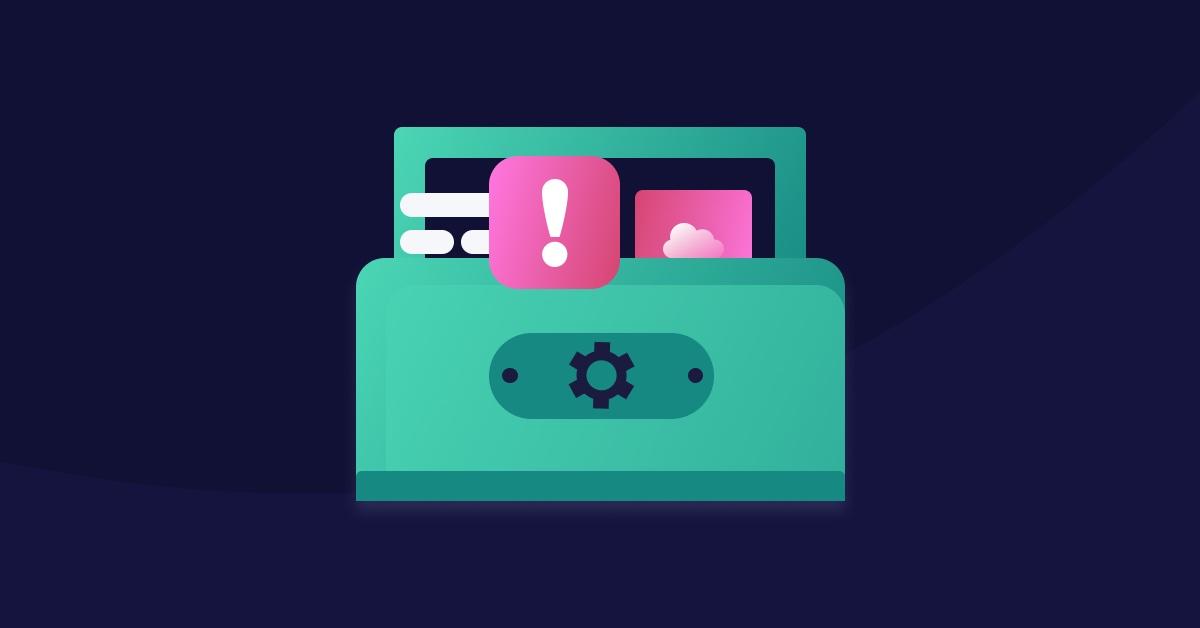
Snyk Blog




Application security
Snyk Named a Leader in the 2025 Gartner® Magic Quadrant™ for Application Security Testing
Jetzt lesen
KI
From Two Years to Two Weeks: How Labelbox Erased Its Security Debt with Snyk's AI-Accelerated Remediation
Jetzt lesenAnzeige 1 - 24 von 1570 posts
Snyk Newsletter abonnieren
Immer up-to-date: Ihr direkter Draht zu allen aktuellen News und Insights von Snyk.
















